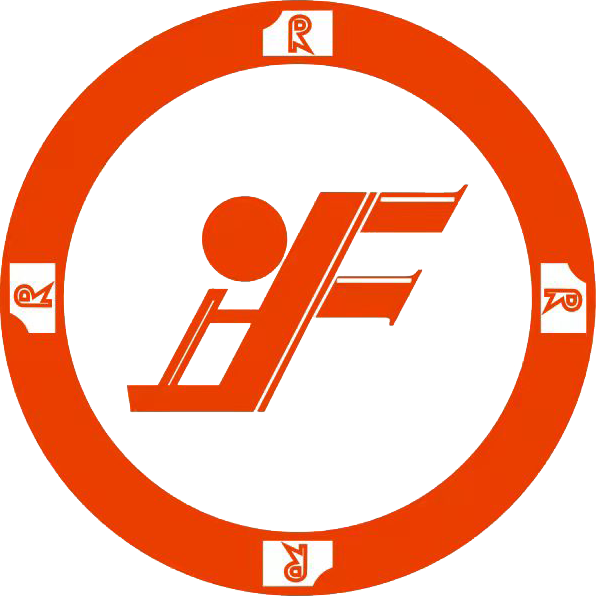Introduction to Mold Components
In the realm of manufacturing, especially within the Russian industry, the quality and efficiency of production processes are heavily dependent on the **molds** used in various applications. Molds serve as the backbone of numerous manufacturing sectors, including automotive, aerospace, and consumer goods. Understanding the essential mold components is crucial for optimizing production efficiency and reducing costs.
Key Mold Components
In this section, we will explore the critical components that constitute molds, their functions, and their importance in the manufacturing process.
1. Mold Base
The mold base is the **foundation** of a mold, providing the structure and support for other components. It is typically made from durable materials such as steel or aluminum. The mold base must be robust enough to withstand the pressures and temperatures experienced during the manufacturing process.
2. Cavity and Core
The cavity and core are the two principal sections of a mold. The **cavity** is the hollow space that defines the shape of the finished product, while the **core** is the part that creates any internal features of the product. These components must be precisely engineered to ensure accurate tolerances and high-quality output.
3. Ejector System
An effective **ejector system** is vital for the smooth removal of the finished product from the mold. It typically consists of ejector pins and a mechanism that pushes the molded part out after it has cooled. This component minimizes the risk of damage during the ejection process and enhances production efficiency.
4. Cooling System
Cooling channels integrated into the mold help regulate the temperature during the molding process. A well-designed **cooling system** prevents overheating and reduces cycle times, leading to better productivity. The efficiency of the cooling system can directly impact the overall performance of the mold.
5. Venting System
The **venting system** is essential for eliminating air trapped within the mold during the injection process. Properly designed vents ensure that gas does not create defects in the molded part. Effective venting also helps to improve cycle times and mold durability.
Choosing the Right Mold Components
When selecting mold components for your manufacturing operation, consider the following factors:
Material Compatibility: Ensure that the materials used for mold components are suitable for the type of production and the materials being molded.
Precision Engineering: Opt for components that meet high precision standards to guarantee product quality and minimize waste.
Supplier Reliability: Partnering with reputable suppliers who can provide quality molds and components is crucial for long-term success.
Benefits of Investing in Quality Mold Components
Investing in high-quality mold components yields multiple benefits:
Increased Efficiency: Quality components improve the efficiency of the manufacturing process, reducing cycle times and enhancing productivity.
Enhanced Product Quality: Utilizing precision-engineered molds reduces defects and ensures a higher quality product.
Longer Lifecycle: High-quality components tend to have a longer lifespan, which translates to lower maintenance costs and fewer production interruptions.
Conclusion
In the competitive landscape of the Russian manufacturing industry, the role of **essential mold components** cannot be overstated. From mold bases to venting systems, each component plays a critical role in ensuring manufacturing efficiency and product quality. By investing in reliable and quality mold components, manufacturers can not only meet market demands but also drive innovation and growth within the industry.
Frequently Asked Questions (FAQ)
1. What are the most common materials used for mold bases?
The most common materials for mold bases are steel and aluminum. These materials provide strength, durability, and resistance to wear and tear.
2. Why is a cooling system important in molds?
A cooling system is essential to regulate temperature, prevent overheating, and reduce cycle times, leading to improved production efficiency.
3. How can I ensure the quality of my molded products?
To ensure product quality, focus on precision engineering, use quality mold components, and maintain proper mold maintenance practices.
Essential Mold Components for the Russian Manufacturing Industry
